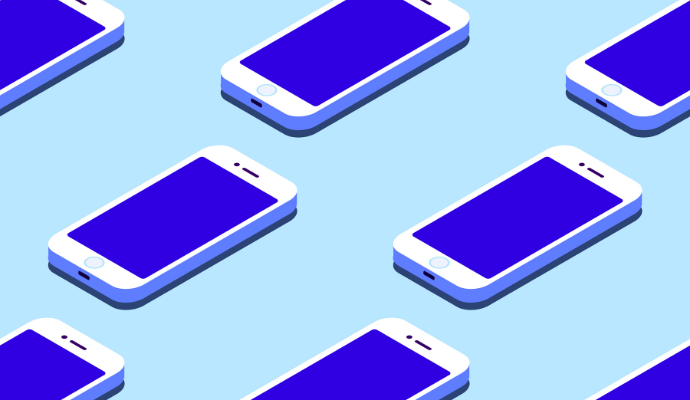What Do Patients Want in Chronic Disease Management Tools?
Patient data access, insights via data analytics, and messaging functions are key in chronic disease management tools.

Source: Getty Images
- In the world of chronic disease management tools, not all technologies are created equal. According to a new Regenstrief Institute study, care management apps that offer patient data access and data analysis are the most useful to patient end-users.
The study, also completed by the Indiana University Richard M. Fairbanks School of Public Health and Indiana University School of Medicine, looked particularly at what patients want in an app for diabetes care management.
The Diabetes Research Institute says that 37.3 million people in the US, or around one in ten, have diabetes. Diabetes requires considerable patient activation and self-management, and with nearly 1,400 apps on the market for helping patients with diabetes, technology is starting to play a big role in making that management happen.
Even still, some patients are falling through the cracks. Despite the availability of chronic disease management technologies, experts have said it can be hard to get patients to actually use these tools.
This study looked at 92 adult patients with diabetes, most of whom had Type 2 diabetes and had been managing the illness for at least 12 years. Most of these patients had some diabetes complications, including short-term memory loss, retinopathy, and mobility impairment with the use of a cane, walker, or wheelchair.
READ MORE: How One Medical Delivers Culturally Competent Chronic Disease Management
The researchers used the Self-Determination Theory on motivation to ask patients what they need out of chronic disease management apps. Specifically, patients outlined what they needed in order for apps to boost patient competence, autonomy, and connectivity. In doing so, they were better able to assess how these apps fit into patient lifestyles, according to Helen Fu, PhD, MSN, BSN, the study’s leader.
“To gain a better understanding of diabetes patients’ health behaviors and what they think is important for a diabetes app to do, we looked at patient motivation and studied views of app acceptability and usability as well as other factors that encourage use of these programs for successful disease self-management,” Fu, who is a postdoctoral public and population health informatics research fellow at Regenstrief Institute and IU Fairbanks School of Public Health, explained in a press release.
“We are especially interested in apps that are commercially available at no charge because these apps are accessible to the many underserved and low-income individuals living with diabetes.”
Apps that can improve patient competence mostly enabled patient data access. For example, apps should offer patient access to blood glucose data, plus analysis to help them understand change over time. Ideally, the app could help the patient plan healthy behavior changes that would improve key metrics.
That second feature of data analytics could also help bolster patient autonomy, the researchers said. Patients reported that insights not just into blood glucose levels, but analysis of trends over time, could help them set their own chronic care goals.
READ MORE: The Future of MedTech Defined by Healthcare Consumerism
Finally, patients noted a need to send that data to a care partner, like a clinician or a family caregiver, via email or direct messaging. This would help patients connect to all who are involved in their care.
“Important questions that should be asked of all health apps, not just apps for diabetes, include, do they make the right calculations and do they make appropriate recommendations to patients?” study co-author and Regenstrief Institute Research Scientist Titus Schleyer, PhD, DMD, said in a statement.
“In this study we went beyond these basic questions and looked at how patients interact with apps and investigated factors that influence user success,” added Schleyer, who also co-directs the Regenstrief and Fairbanks School of Public Health Indiana Public and Population Health Informatics Fellowship program, which is funded by the NIH’s National Library of Medicine.
To that end, the researchers asked patients about other functional app needs, like voice recognition or alerts to remind them of care management activities. Patients said they would prefer to use an app that is user-friendly, automates data input, and makes it easy for them to know whether their blood glucose is within a healthy target range.
The researchers acknowledged that there is room for them to get more granular into these patient insights.
READ MORE: Patient Engagement Technologies Add to Streamlined Patient Experience
“We hope to find out which populations and subpopulations have the most trouble with disease management and to gain a better understanding of what well-designed tools might look like and share this information with clinicians and app developers,” Fu said.
“There are many factors to consider -- for example, older people may be unable to use the same apps as younger people – as we work toward long-term adoption of diabetes apps to support self-management by patients, as well as promote the integration of diabetes apps into the telehealth setting for clinicians,” Schleyer added.
